New York Habitat is dedicated to protecting our clients and the hosts who list with us from illegal rentals. We are aware that when it comes to subletting and sharing, laws and regulations are extensive and often confusing for people who lack expertise in the field of real estate. One of the most common sources of confusion is Chapter 225 of the Laws of 2010, which amended the New York State Multiple Dwelling Law in order to ban certain short-term rentals. This amendment is also known as the “Illegal Hotel Law” or “Vacation Rental Ban.”
Senator Liz Krueger’s recent press release, “Answers for New Yorkers Concerned or Confused About the Illegal Hotel Law,” has directly addressed the confusion, and we expect it to be helpful in improving the clarity of the law for tenants and property owners who would like to rent. Please click on this link to read the article in its entirety.
New York Habitat would like to share Senator Krueger’s release with our hosts and potential hosts with consideration to rental hosts who want to know specifics about their own property or rental situation. Since there are many types of properties out there, it’s difficult to give an overview of the law that addresses everyone. Trying to sift through an abundance of information might make hosts even more confused than when they began.
We have therefore created a visual graphic of various types of buildings and rentals so hosts can look specifically at their properties and avoid violations of the Vacation Rental Ban.
Please see four types of property below:
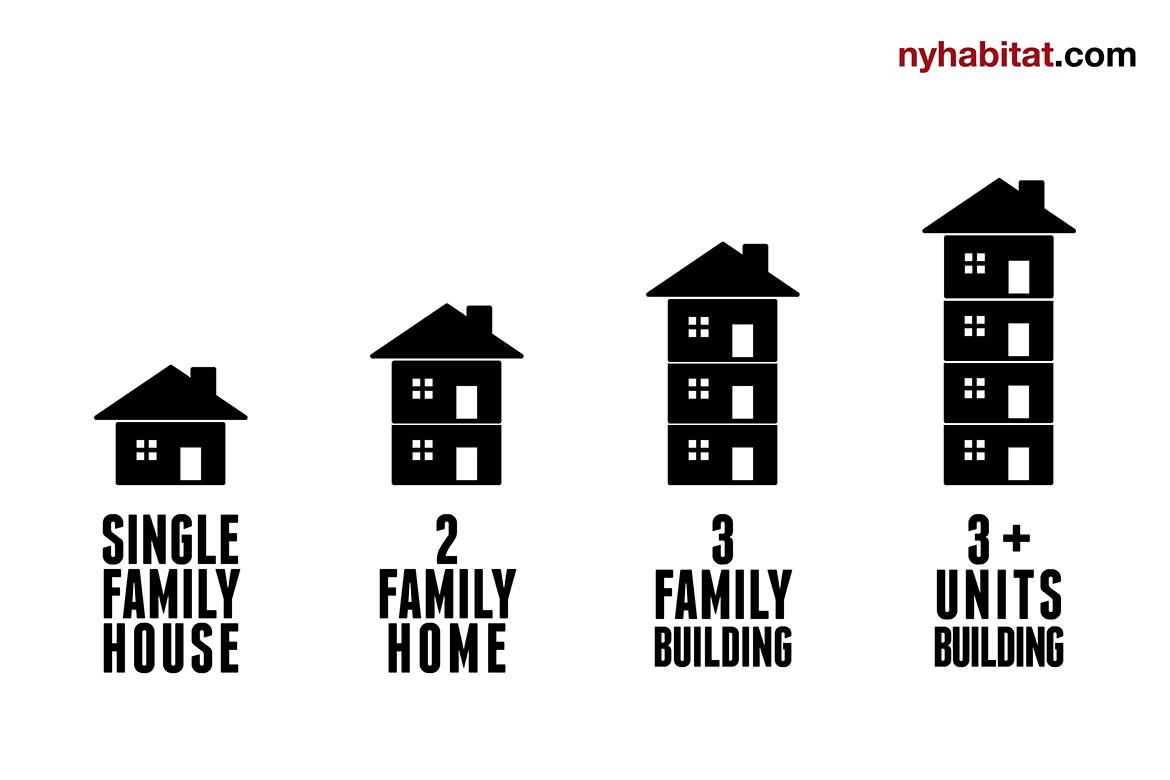
Each division represents not a floor or story, but an individual UNIT. Below is an example of a unit:
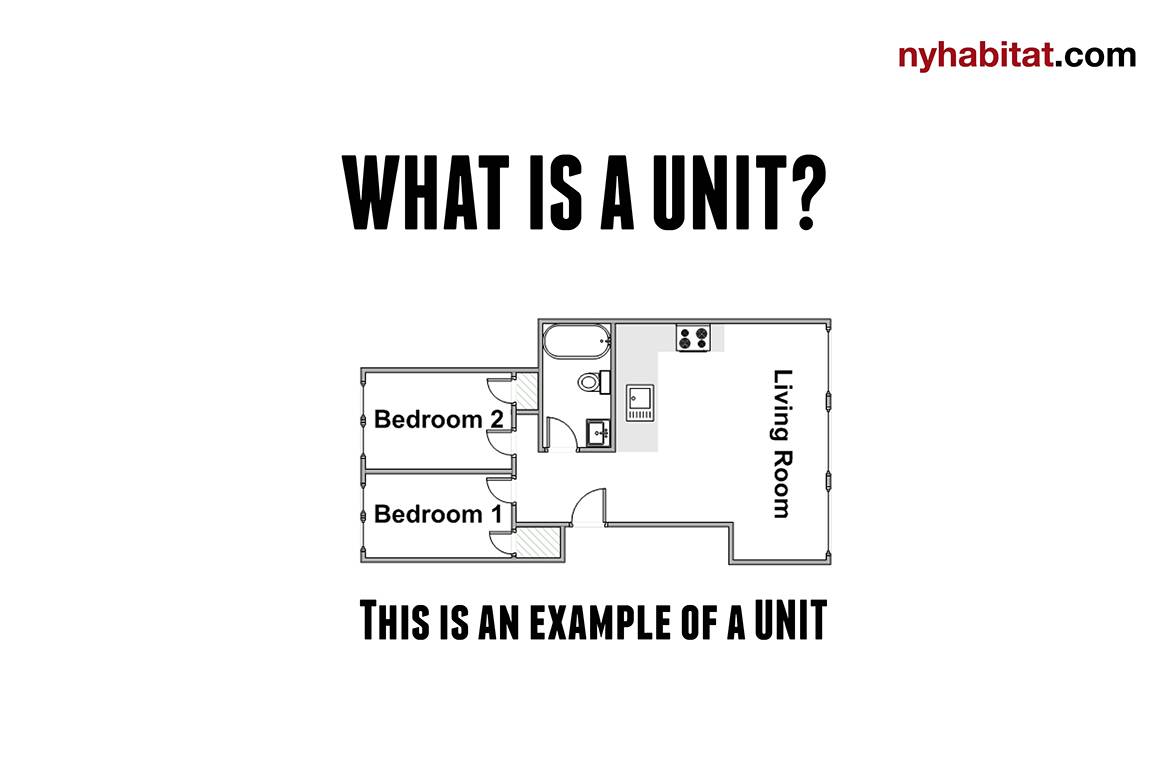
Although the above illustration displays a two-bedroom, single-story unit, units can also be multiple stories (a duplex or triplex) and may have any number of bedrooms or be a studio. For most rental apartments, units are clearly divided. However, in other buildings such as brownstones, unit divisions may be less clear. If you’re unsure, check your building’s certificate of occupancy on the New York City Department of Buildings website.
Now, let’s look at how each type of unit may be rented:
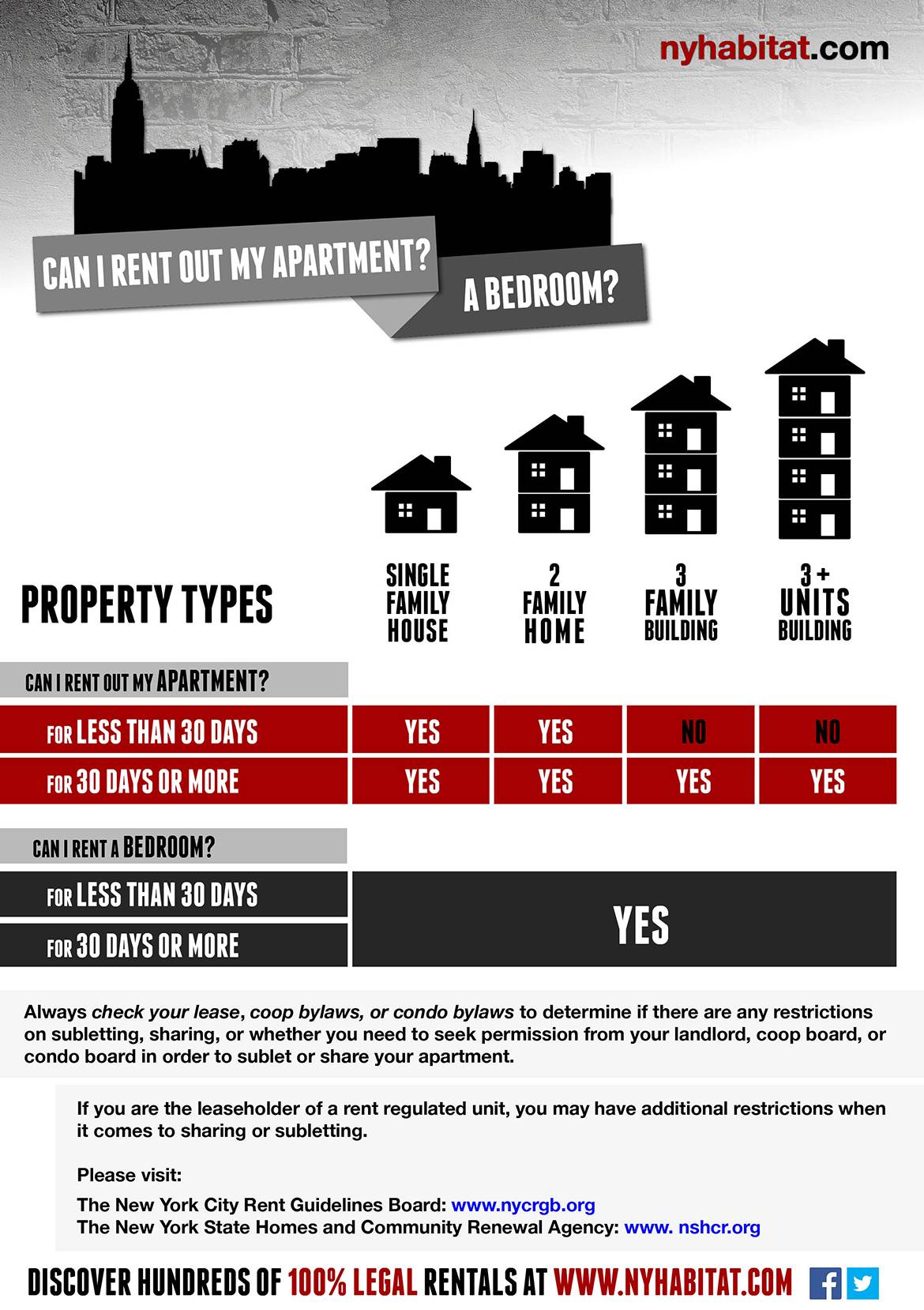
As you can see, the Vacation Rental Ban prevents hosts in buildings with 3+ units from renting their entire apartment for fewer than 30 days. Alternatively, if a host would like to sublet a bedroom in their primary residence and share the apartment, the Vacation Rental Ban does not apply.
Of course, when you list your rental with New York Habitat, our Listing and Legal teams do all of the necessary work to determine in which ways your rental can legally be listed. We hope that the above information will help inform and clarify the law for all New York Habitat hosts and potential hosts.

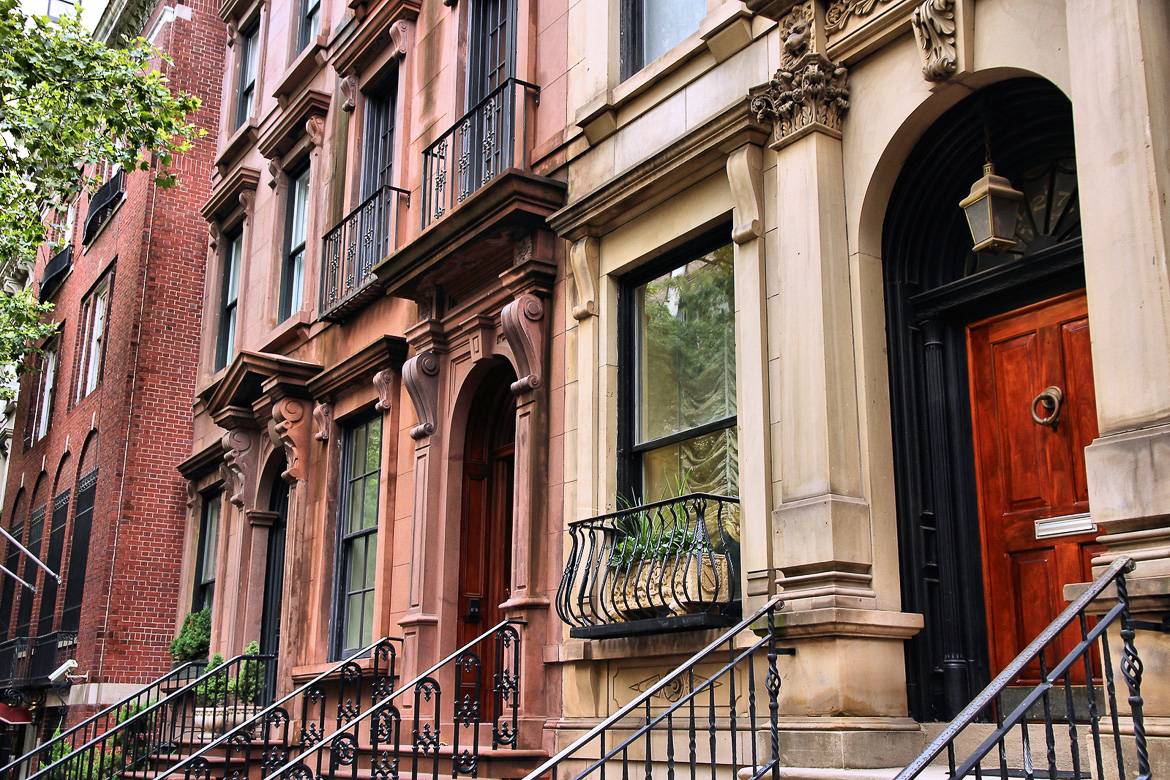
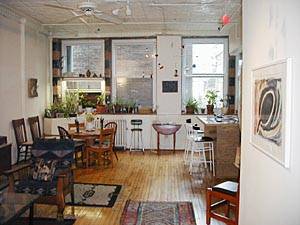
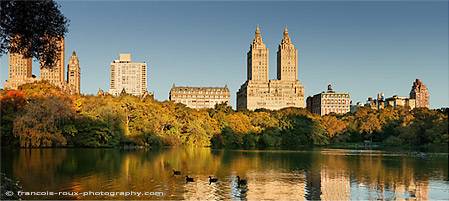
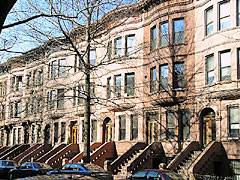
Leave a Reply